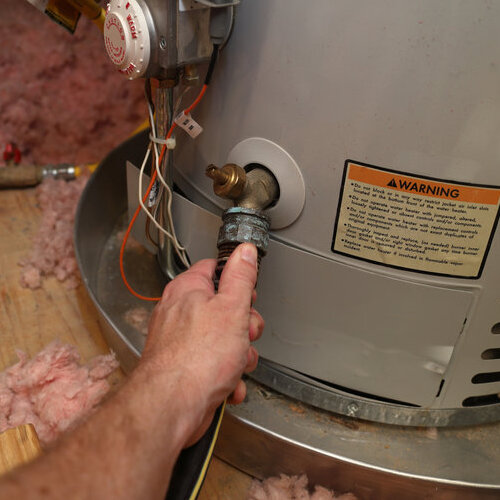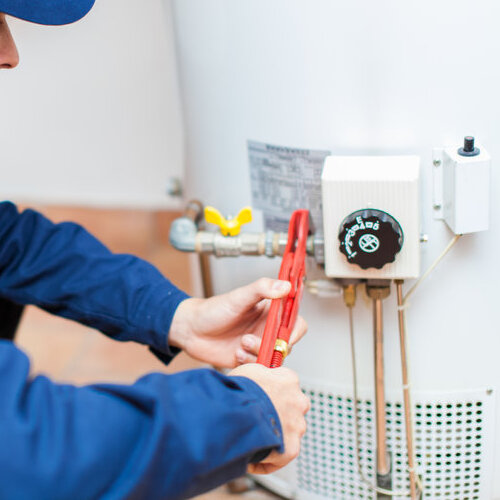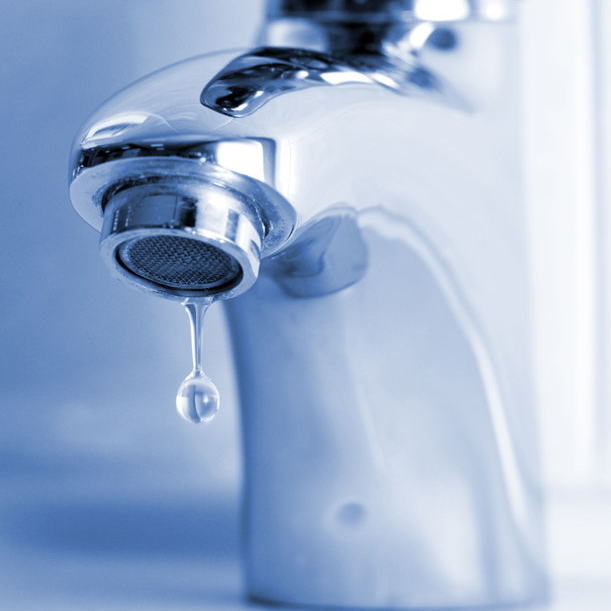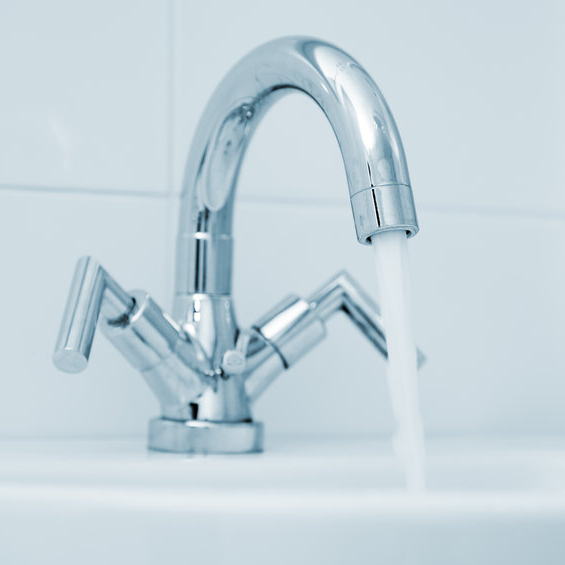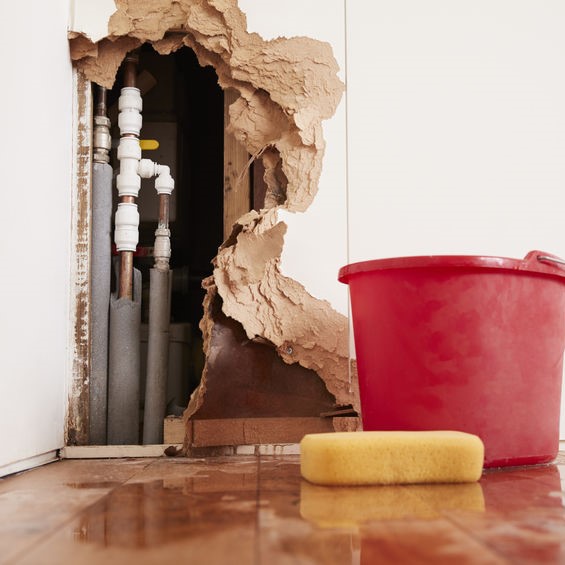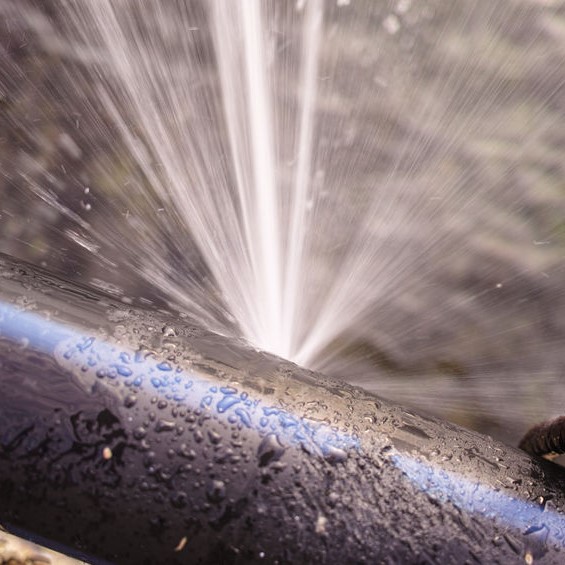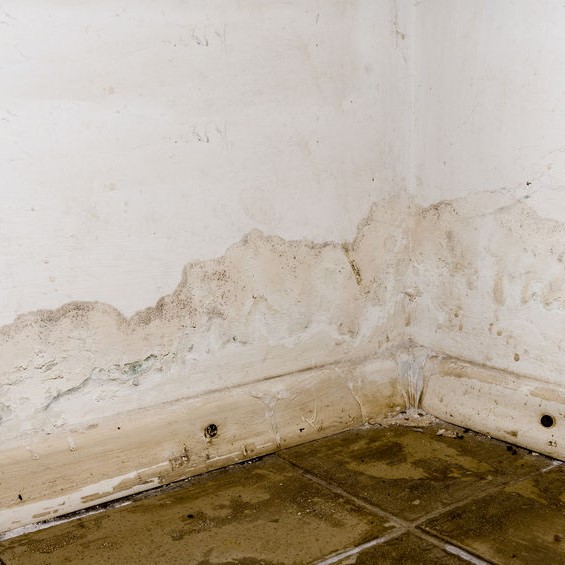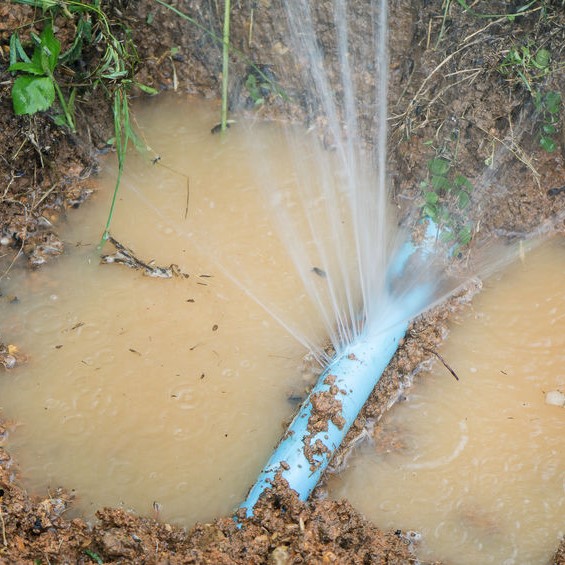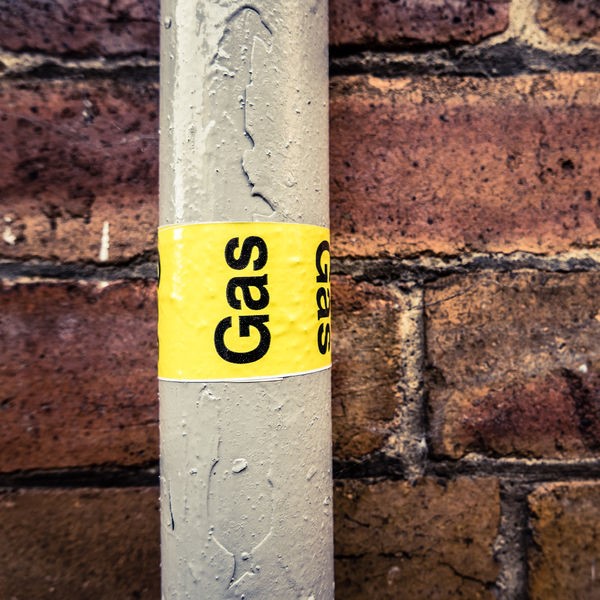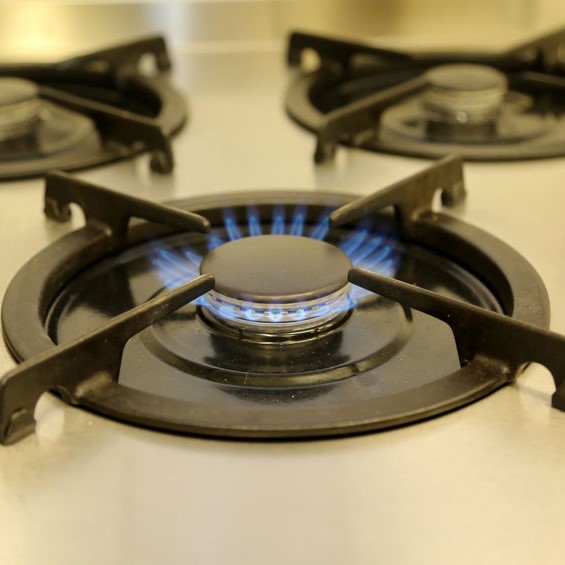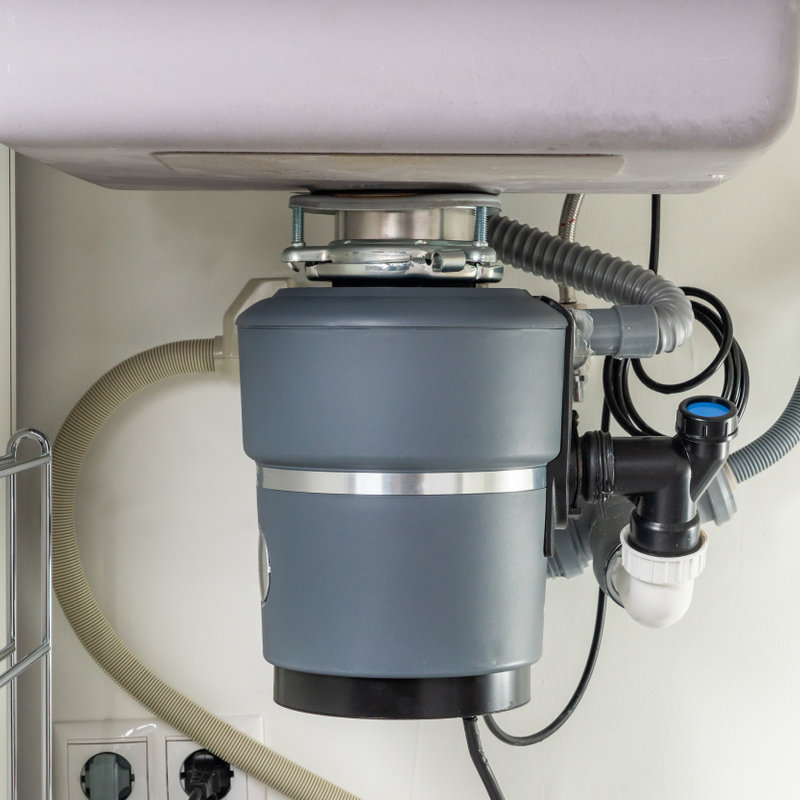
Garbage disposal issues
The holiday season is here! So, before you start baking and cooking, make sure you aren’t going to need garbage disposal repair in the midst of all that flour, sugar, and mess! Let’s call this this garbage disposal pre-holiday tune-up!
First, how do you know which is the best way to go, a garbage disposal repair or replacement? And can you repair a garbage disposal yourself? Not just for holidays, but your garbage disposal is a convenience that has become an essential tool in your kitchen. Prepping the food, baking, and cooking are easier when you can simply toss scraps in the sink and flip a switch. However, that takes a toll on this unit, wearing them out.
The following are problems that your garbage disposal could have at some point. By learning these things now, you’ll have a better idea why garbage disposal stopped working and if you need to replace the unit or if garbage disposal repair is possible and worthwhile:
- No Noise: If your garbage disposal unit is a quiet one, that is awesome. Until it is quiet because it isn’t grinding. First, you need to make sure it is plugged in (usually under the sink). Then, push the reset button on the bottom. If the button is popped out, check the circuit breaker. If none of these is out of position, then you need to call a professional for garbage disposal repair, or you may need to replace the unit.
- Leaking: Water leaking from a garbage disposal is usually a problem with a seal inside the unit or at the sink. By learning how to repair a leaking garbage disposal, you could save yourself a repair phone call and postpone buying a new unit! If the leak is around the sink flange, you can usually tightened the unit there or apply new plumber’s putty around the flange for a simple garbage disposal repair. Sometimes, as a garbage disposal ages and wears out, or if something gets down inside the garbage disposal like a utensil, it can crack the unit and cause it to start leaking. In this case, you’ll need a replacement unit. Another area to check for possible leaking is where the dishwasher connects to the discharge drainpipe. There is usually a clamp at that connection, and it may need to be tightened, and check the bolts around the drainpipe, they may need tightening too. If these DIY garbage disposal repairs don’t work, then call a professional plumber.
- Slow Draining: If after running water and the garbage disposal for a bit, the drain isn’t draining, then it is probably the drain line. Chemical drain cleaners are a no-no with a garbage disposal, they can damage the disposal and you’ll have to clean those toxic chemicals and the wastewater out by hand. First try pouring baking soda and vinegar in the drain, followed by boiling hot water, often that DIY garbage disposal repair is the cure. If that doesn’t get the wastewater draining, you’ll need to call a plumber.
- Garbage disposal is jammed: When the flywheel of a garbage disposal is jammed, you’ll know it by a humming sound. Before you attempt a DIY garbage disposal repair by un-jamming it, make sure you have turned it off and unplugged it. Underneath the garbage disposal is a small slot and usually a small wrench that fits that slot. Use this hex-head wrench or an Allen wrench and see if you can get unjam the unit by turning that slot. Check inside the drain where the garbage disposal is located and make sure a dish cloth, or food packaging, didn’t get wrapped around the blade. If neither of these seem to be the problem and the garbage disposal not jammed but humming you’ll need a professional garbage disposal repair, or maybe a replacement.
- Smelly: If the garbage disposal motor is spinning and working, but the blades aren’t moving properly, food can get stuck under the blades, and we all know what rotting food smells like! If this is the case, you’ll probably need to replace the unit. If bad odors are coming from the garbage disposal, it could be some foods didn’t get chopped up fine enough and didn’t wash down the drain. Put some lemons peels in the disposal and turn it on, this should help. If not, it could be there isn’t any garbage disposal repair that will help you unit this time.
After you have tried all these steps, and before you call a plumber for an emergency garbage disposal repair, with the unit off and unplugged, make sure the garbage disposal repair loose blades isn’t the problem.
With a flashlight and Allen wrench, check that the blades are tight, but not too tight. If they are loose, they’ll simply spin over the food waste you put in the drain.
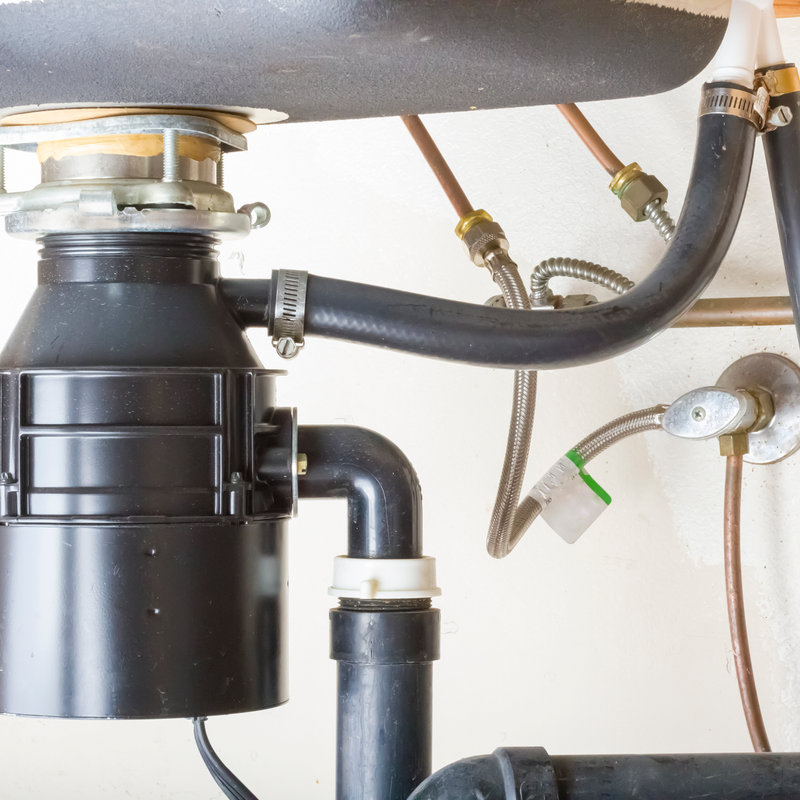
If the DIY garbage disposal repair didn’t work, who to call for garbage disposal repair?
While a garbage disposal requires electricity to operate, this is a plumbing appliance. Call a local plumber and explain what’s going on with your garbage disposal. Explain all the DIY garbage disposal repairs you tried and schedule that appointment. Chances are they will come with a replacement unit “just in case”. Call (214) 402-5454 today for your garbage disposal repair in Dallas, TX.

